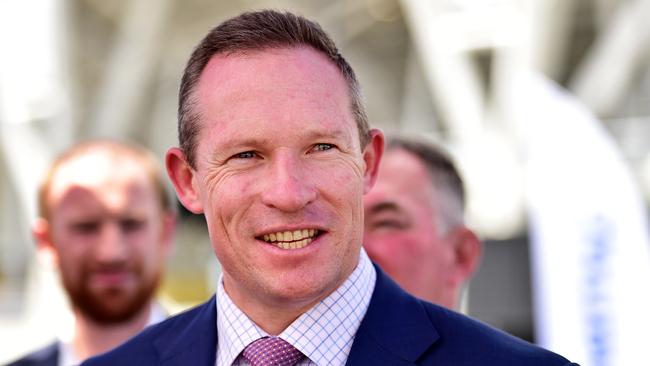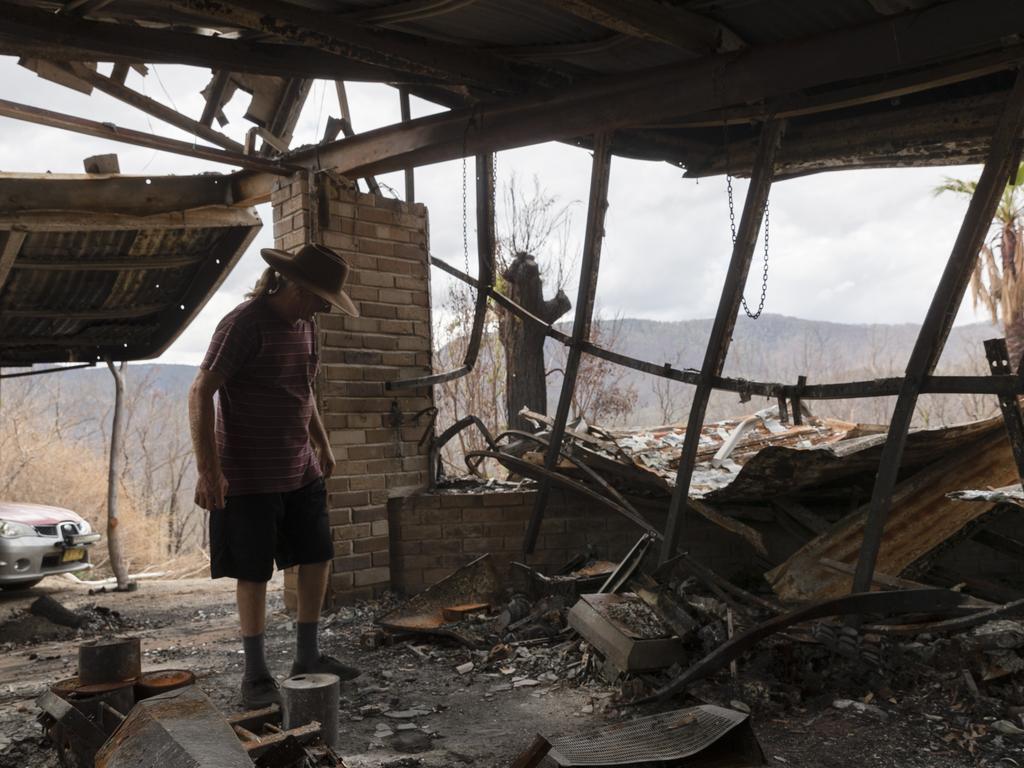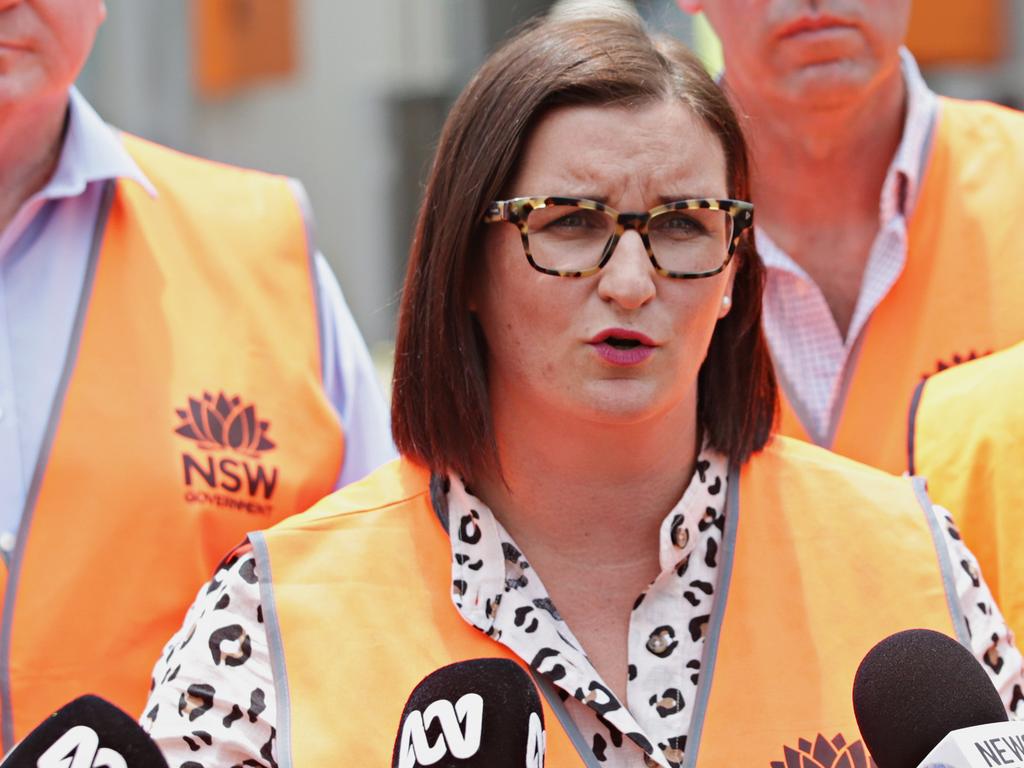Bushfires: building standards leave homes ‘exposed to catastrophic fire’
Experts warn homes may be exposed to bushfires because of lower building standards.

Fire experts have warned that homes in Queensland and parts of NSW would be dangerously exposed to a catastrophic bushfire because they are not built to the same standards as those in southern NSW and Victoria.
In a bushfire season that has claimed more than 2800 homes across the nation, scientists are warning that differences in fire danger index (FDI) ratings between states and territories mean homes built in bushfire-prone areas of Queensland are not required to be as resilient as those built south of the Tweed River.
Building regulations in Queensland and the Northern Territory stipulate that homes in risk zones need to be built to an FDI of 40, which equates to “very high” on roadside warning signs.
If an equivalent property were built in a similar area in Victoria and in most parts of NSW, builders would be required to build the home to withstand FDI-100 or “catastrophic” conditions.
Building to higher standards could, however, increase the cost of homes in Queensland and northern NSW.
Fire danger expert and professor at the School of Built Environment at the University of Western Sydney, Grahame Douglas, on Thursday said residents of Queensland and northern NSW were being “seriously underrated” in terms of their risk profile. “My concern is that the fire danger ratings for the north coast and central western parts of NSW, which are set at an FDI of 80, need to be revised in light of climate change and adapted to at least an FDI of 100,” he said.
Dr Douglas said Queensland’s “watered-down” FDI of 40 was “far too low” and needed to be revised: “100 would be a good benchmark for them.”
The Australian understands Standards Australia — the peak body that set minimum requirements for the construction of buildings in bushfire-prone areas in the wake of the 2009 Black Saturday fires in Victoria — wrote to the Queensland government in late 2018 calling on it to urgently revise the state’s levels. It was told the Palaszczuk government would complete its own assessment.
Queensland Minister for Housing and Public Works Mick de Brenni told The Australian on Thursday he had sought advice about whether current building arrangements remained appropriate in the state that has lost 49 homes to bushfires this season.
“While our local government building approvals process is responsible for enforcing compliance with our state arrangements for building in bushfire zones, I have already sought advice from my department about whether our current building arrangements remain appropriate, given the changing nature of the fires,’’ he said.
The CSIRO’s Bushfire Behaviour and Risks team leader, Andrew Sullivan, said states and territories needed to be more flexible in incorporating advances in fire science with building standards. “Broadly speaking, a lot needs to be done in how fire risk is determined and how that’s used in assessing current building regulations,” Dr Sullivan said.
“Those standards get set in stone but science is continually evolving so we need to be a bit more agile in incorporating fire science more frequently.”
It comes as specialist assessment teams inspect the damage in fire zones across NSW, Queensland and Victoria and as traumatised communities brace themselves for rigorous construction and development approvals.
Insurance Council of Australian spokesman Campbell Fuller said any change to building codes was likely to result in an increase to the cost of rebuilding, as well as insurance premiums, to reflect those higher standards. “There’s also evidence to suggest newer properties that are built to more recent building codes in fire-prone regions are more capable of withstanding the impact of bushfires,” he said.
Australian Institute of Building Surveyors vice-president Wayne Liddy, who oversaw the AIBS response to the 2009 Black Saturday bushfires in Victoria, told The Australian on Monday that replacement homes near bushland would have to undergo bushfire attack-level assessments.
The assessment, along with other development approvals, measures a building’s potential exposure to ember attack and radiant heat by considering the FDI set by local governments, the slope of the land, types of surrounding vegetation and types of construction materials required to obtain a building permit.
Since November 8, the Insurance Council of Australia says, 13,750 bushfire-related claims have been lodged, and losses exceed $1.34bn.








To join the conversation, please log in. Don't have an account? Register
Join the conversation, you are commenting as Logout